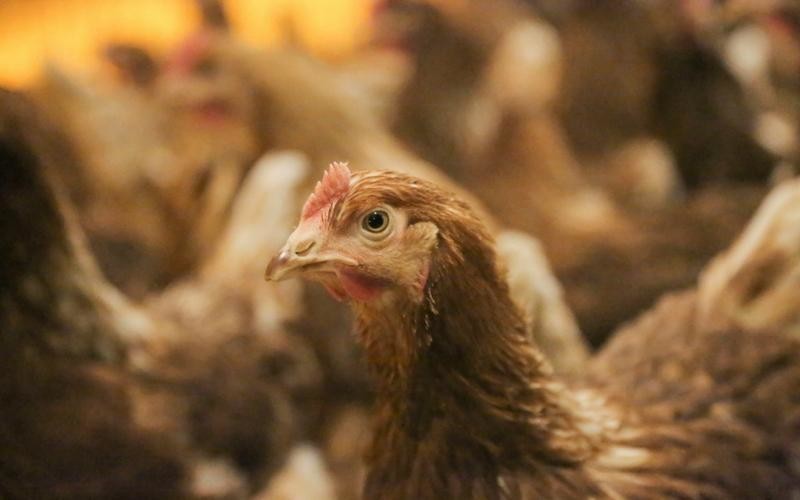Don’t let Salmonella come home to roost

In poultry production, there are eight areas that require attention in order to reduce bad bacterial contamination on-farm and aid in the prevention of foodborne Salmonella.
 Cleaning and hygiene
Cleaning and hygieneResidual contamination from previous flocks is a common reason for Salmonella-positive birds. Cleaning growing houses between flocks can significantly reduce the prevalence of Salmonella in live production. Effective biosecurity and pest control are also key to avoiding contamination.
 Feed
FeedContaminated grains and feed ingredients can increase the risk of Salmonella in the final feed. Use heat-pelleted feed and source feed from mills operating with stringent quality standards.
 Water management
Water managementWater management is a crucial part of any Salmonella control programme in poultry, since water can serve as a medium for the organism to spread from bird to bird. Chlorinated water and the use of organic acids in the water have been shown to reduce Salmonella levels in the flock.
 Dust
DustDust can also be a medium for Salmonella to spread. A system that keeps dust levels below 3 milligrams per cubic meter is an important prevention tool.
 Litter management
Litter managementPoultry litter with high moisture and pH levels allows Salmonella to thrive. Managing the moisture and pH of the litter has been shown to be an effective way to control Salmonella in live poultry production.
 Managing gut flora
Managing gut floraEstablishing and maintaining proper gut flora soon after hatching is very important to prevent Salmonella from colonising birds. Programmes that include the use of probiotics, organic acids, enzymes and yeast technologies have been shown to be effective at maintaining optimal gut health.
 Coccidiosis
CoccidiosisIntestinal challenges caused by poor gastrointestinal integrity can have a big impact on Salmonella levels in broilers. Strong cocci management needs to be part of every Salmonella control programme.
 Vaccination
VaccinationThe use of vaccines, especially at the breeder level, has the potential to reduce the prevalence of Salmonella among day-old chicks.
Author:
Kayla Price, poultry technical manager for Alltech Canada






